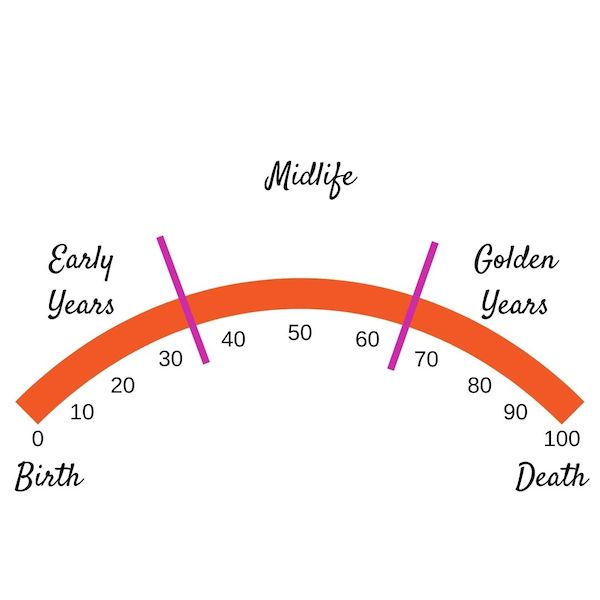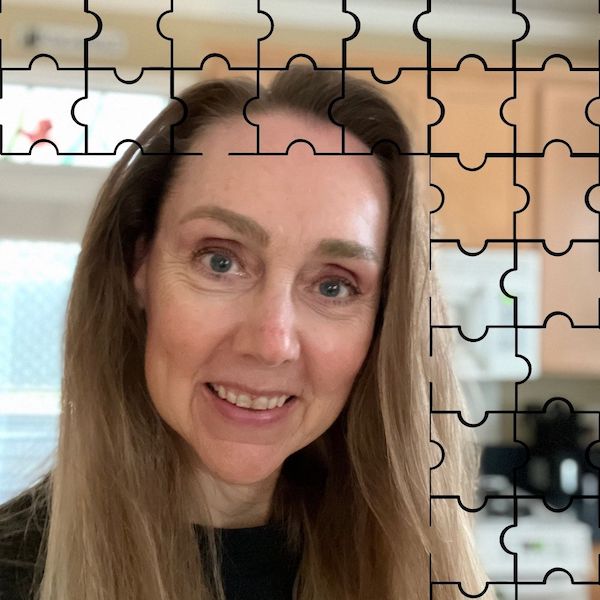When I dove into the world of storytelling, I quickly learned that the best stories are created with a story arc in mind.
A story arc describes the rise and fall, ebb and flow that occurs throughout a story.
Think about the best stories ever told. Your favorite stories you read repeatedly, or movies that become your go-to at certain points in your life.
What makes them the best?
All stories change. Without a rise and fall in the narrative, there wouldn’t be a story. This rise and fall can be plotted on a graph, clearly defined, providing a curve shape line you can follow. Once you see how this works in one story, you can find it in others. The most clearly defined story arcs are the ones authors and storytellers use over and over again.
In the simplest format, story arcs have:
- An inciting incident – this is what makes you care about the story and the characters. It’s a triggering incident that allows you to be emotionally involved in the story.
- A plot point 1 – a change in direction that brings about conflict. This provides the character with a dilemma that forces them to analyze their situation and move forward. There’s no going back to life before.
- Middle point – this is the adventure. This is discovery. This is where life gets good … with a whole lot of ups and downs built in.
- A plot point 2 – this is a low point for the character. They’ve come so close to their dream, but one final thing is holding them back.
- Climax – the highest level of conflict, a point in time where all the hard work pays off, the character faces their biggest obstacle, and comes face to face with determining their final twist of fate. They do … or they don’t. A decision is made. The journey continues.
Of course, books can be written from a story arc that lasts one hour, one day, or one year. It can cover a specific moment in time, or several lifetimes.
That’s the beauty of being a writer. You get to decide.
The parallel world of story arcs and life story arcs
When I started diving into story arcs and learning all I could about building an entertaining story, I couldn’t help but notice how intertwined it is with life.
People move through story arcs throughout their lives. Conflict and resolution. Over and over again. It’s how we exist. It’s how we thrive.

But letting it happen and planning it are two separate things.
In the beginning, life is pretty much planned. You’re born. You learn. You grow. You go to school. You learn. You age.
Of course, there are ups and downs along the way. But if you’re reading this, you pretty much followed the path from 0 to 18 as defined by being human.
From there, plot points begin showing up, allowing us to twist and turn and make decisions.
Do you want to go to college?
Do you want to marry?
What career will you choose?
Where will you live?
Kids? Pets? It’s all up to you. Moving through different pivot points about every 10 to 15 years.
What compels you forward is up to you. It’s based on what you’ve learned, what you enjoy, and the experiences you’ve had as your guide.
I like to think of life as a puzzle. Each day, one more piece is added to your puzzle. It fits in with the other pieces already laid into place. It adds structure to who you are. It defines your life.
Every person has a unique puzzle. No two are ever the same. Your pieces help you become who you are. They add to the energy that makes you, you.
You’re handed a “blank” puzzle piece each morning. You work throughout the day to fill it in between the lines. Then at night, you carefully lay it into place.
It becomes a puzzle of you. The story of you. One that’s constantly changing over time.

Every stage requires development
Beginning. Middle. End.
You can’t run from it. You can’t steer away from it.
But you can plan for it.
And you can appreciate every moment of it. The more aware you are of each phase of your life, the more you can anticipate who you’ll be at specific points in time.
Beginning
The beginning phase sets the structure for who you are today. You can’t go back and change it. But you can learn from it. Grow based on what you did and who you became.
You wouldn’t be who you are today without that structure. It gives you perspective only you have faced.
This is where lists come in handy. Spend time writing down your lessons learned. Your accomplishments. Your big picture foundations have given you the structure to be where you are today.
Middle
The middle is where you’re well into the story. Many parts of your story are clearly defined.
Have you been married for decades? Have your children grown and turned into adults? Are you retiring from a career?
We often write about the middle years as a time for stepping back and enjoying the fruits of our labor. Increasingly, I see it as a time where you take all of your knowledge and pivot into something greater. It’s the perfect time for starting something new.
End
I have two goals right here in midlife.
- I choose to be healthy at 100.
- I will shorten the gap between death and decline.
With those two goals in mind, it impacts everything I do today. I don’t focus on retirement or slowing down. Instead, I spend time perfecting each day, and asking myself questions like:
- Am I doing what I love to do?
- How can I put more happiness into my day?
- How do I want my life to look 5 years from today? 10 years?
- What can I do differently that will have a big impact?
- Am I being the healthiest me I can be?
Recognizing a Life Story Arc
Every beginning moment sets the stage for what’s to come. There may be turbulence as you learn. There may be angst while you sort through feelings and feel a little bit stuck.
Story arcs always begin at a moment when change is inevitable. You may recognize it. It may appear suddenly without warning.
This is your big picture moment. In midlife, we have all of this energy surrounding us, waiting to shine. We use our knowledge, our experience, and let us push us in new directions.
Pivotal moments come when you confront something that tells you to make a choice. Do you stay where you are? Do you accept change and grow?
This is where you start asking: Why? What does this mean? Where do I choose to go?
I love this stage because it can take you to amazing places.
It can also stunt you and leave you longing for the past.
Pinnacle moments are there for decisions. I’m a “yes” person and love big change. I thrive on moving forward.
Yet this entire process isn’t easy. In fact, it can be one of the hardest things you’ll ever do. Even if you’ve done it over and over and over again.
Maybe it’s the writer in me, but for every tough decision, I know it’s just another chapter in my book.
If I don’t want a dull, boring chapter, I have to add a little spice to the mix.
I look at where I am in the arc of progress. Should I be learning? Should I be asking questions? Should I see where the road takes me?
The arc flows. The arc moves. I make choices. I move forward.
This process makes me appreciate every day for what it offers. It makes me accept challenges I might not want to take.
I do it anyway.
Because staying active in body, mind, and spirit is one of the best ways to stay healthy. It’s how I know I’ll stay this way every year as I age.



+ show Comments
- Hide Comments
add a comment